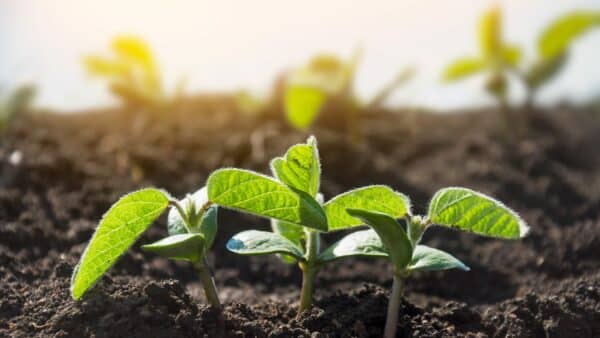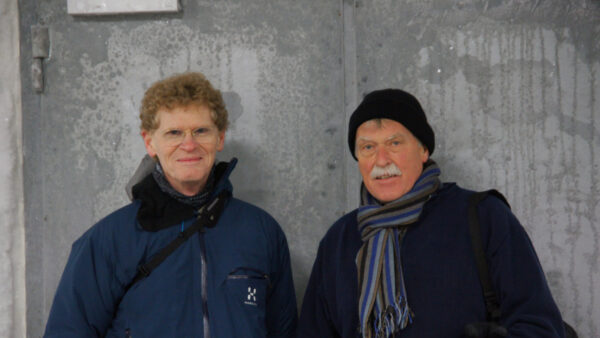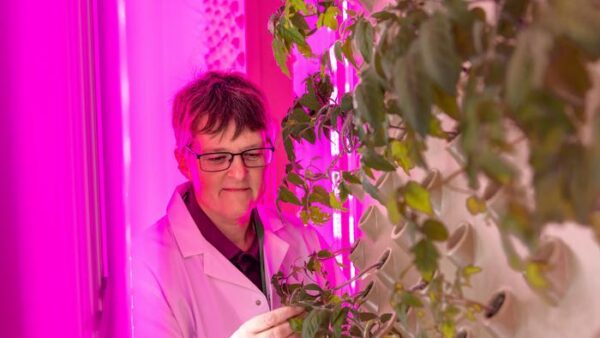Bobbi Helgason is fascinated by the “holobiont” — the idea that the microbes that live in and on other living beings are critical contributors to how they function. For example, research shows us that human cells make up only 43 per cent of your body. The rest are microbial cells.
“We’re more microbes than human. Similar principles hold true for plants. The microbes that grow in them, and on them, represent a whole secondary metabolic machine. Those microbes help carry out many biological processes that the plant can’t necessarily achieve on its own,” she says. “Through its partnership with its microbiome, plants can do amazing things.”
Her fascination led her to becoming a soil microbiologist at the University of Saskatchewan, where she is studying the soil microbiome.
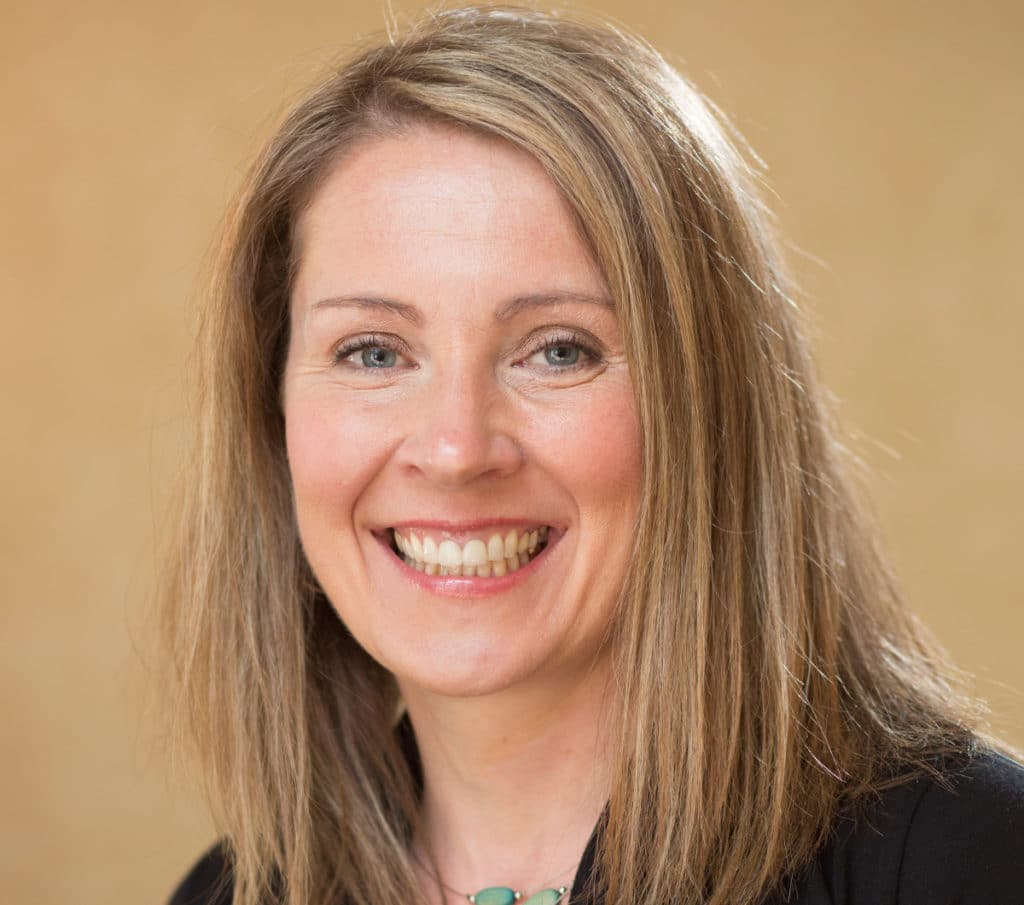
Her research is about understanding how soil microbes help plants grow better, how soil microorganisms cycle nutrients that plants need to grow, and how different management practices impact those activities. A new project focusses on regenerative agriculture and the possibilities it holds for bolstering soil, seed and plant health.
There are more microbes in a teaspoon of soil than are humans on earth, she notes. The majority of these organisms get their energy from organic matter and thus building soil organic matter supports the ecosystem services provided by microorganisms. This focus on building soil organic matter and better understanding how soil microbes function has helped give birth to a field called regenerative agriculture.
Regenerative land management is a set of principles and practices which reverse current trends of degradation in soil, water and air quality by enhancing the soil ecosystem and restoring its biology, according to Regeneration Canada, a non-profit organization dedicated to promoting soil regeneration.
“Viewing a cropping system as an ecological entity fits perfectly into the way that we strive to understand potential benefits of soil microbial communities as ecological entities. It’s incredibly complex, challenging to understand, but really rewarding when you figure out ways that the two go hand-in-hand.”
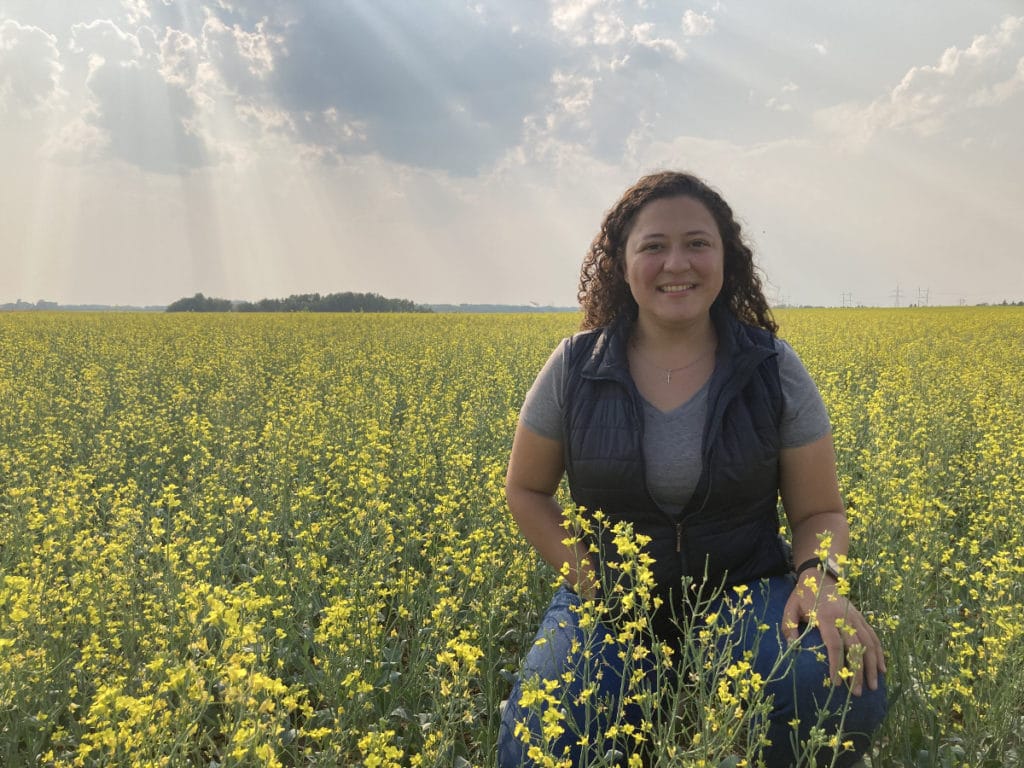
Of course, seed is planted into soil, but researchers are finding out that the microbiome extends far beyond just soil and onto seed itself. USask PhD student Zayda Morales Moreira is studying just that. Just a human receives their first microbiome from its mothers, a seed may harbour some of the first microorganisms a plant encounters.
To understand how seed microbiomes are assembled, Moreira examined the effects of growth environment and plant genotype on the seed microbiome of canola. She found that seed microbiomes differed not only by harvest year and location, but also by the variety of canola, indicating that both genetic and environmental factors play important roles in seed microbiome assembly. These findings suggest that both plant breeding and seed production conditions could be used to shape beneficial seed microbiomes.
“If we can identify microorganisms to produce antifungal or antibiotics and inoculate each seed before it is planted, when that seed starts to germinate, these microbial communities could be activated to help ensure the plant gets a good head start,” Moreira says.
EDITOR’s NOTE: This is the fifth entry in our Fields of the Future series, profiling cutting-edge jobs in the industry. To read the others, visit our Fields of the Future page.









